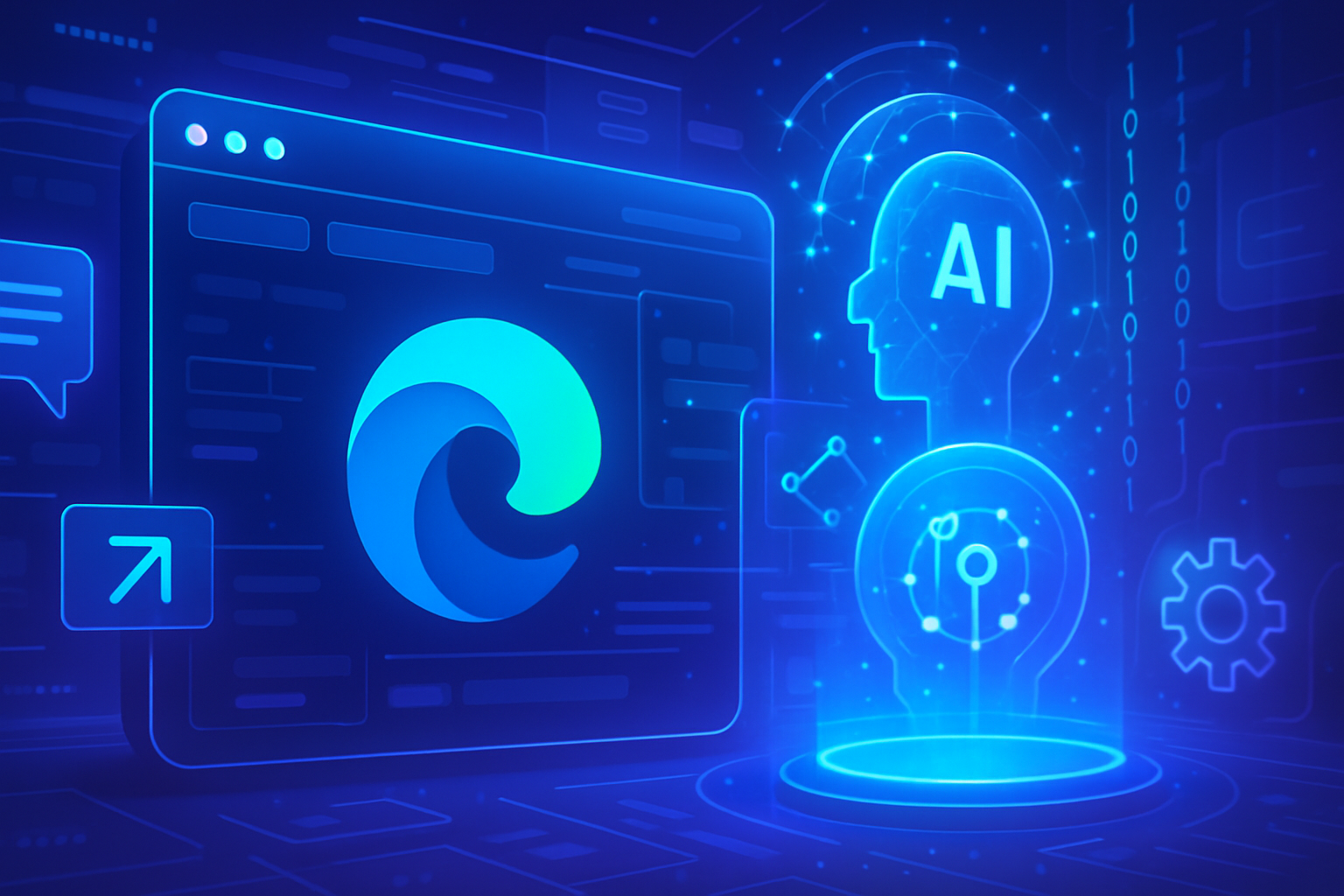Master the era of generative artificial intelligence by training your employees to meet new technological challenges. Companies must integrate AI to enhance their competitiveness in the face of a radical market transformation.
With over 150,000 employees sensitized, SNCF has demonstrated that an effective cultural adaptation to AI generates strategic skills. In light of the challenges of AI, it becomes necessary to adopt a structured approach to ensure effective and ethical training.
Training Employees in Artificial Intelligence
The digital transformation required by the rise of artificial intelligence (AI) leaves no room for ignorance. Training employees is a necessity to adapt the company to the new challenges posed by this technological revolution.
Assessment of Training Needs
Before starting the training process, it is advisable to conduct a thorough assessment. Evaluating the existing skills of employees allows the identification of gaps and the design of tailored training programs. This step ensures a targeted and effective approach in light of the rapid evolution of generative AI technologies.
Levers of Training
Implementing a structured training framework relies on several levers. The choice of formats (workshops, e-learning, seminars) must adapt to employees’ availability. The influence of a corporate culture that favors innovation appears to be a key factor in employee engagement.
Use of Practical Experience
Integrating practical cases and case studies into training programs stimulates the appropriation of AI tools. As a result, employees learn not only the theory but also the concrete application of technologies in their professional daily life.
Personalized Support and Follow-up
Regular and personalized support significantly increases the effectiveness of training. Providing mentors or experts facilitates the understanding of AI. Learning then becomes a collective and collaborative process within the organization.
Continuous Skills Assessment
Assessing the skills acquired throughout the training journey allows for adjustments to the content according to the evolution of methodologies and tools. A constructive feedback system promotes continuous improvement and allows employees to remain motivated.
Mobilization of Internal Resources
Mobilizing internal resources, such as designated trainers within the company, is an undeniable asset. These trainers, often from the very teams, fully understand the specific challenges of their activity sector and strengthen employee adherence to training.
Success Story: The Case of SNCF
SNCF has managed to engage over 150,000 employees by raising their awareness of artificial intelligence. Implementing a suitable training strategy has transformed this skill into a strategic asset. Tangible results in terms of productivity testify to the effectiveness of this initiative.
Analysis of Ethical Issues
The deployment of AI also raises ethical issues that should be addressed during training. Raising team awareness on these matters ensures responsible use of technologies while safeguarding the integrity of the company. An ethical approach thus becomes a fundamental pillar of the training strategy.
Impact on Organization and Productivity
The transformation of employee skills directly influences the productivity of the entire company. By integrating AI into their daily practices, employees become more efficient and help enhance the organization’s competitiveness in the market.
Overview of Future Trends
The advances in AI predispose companies to constantly evolve. Training must therefore be flexible and adaptable to integrate upcoming technological innovations. Companies must anticipate these changes to support their employees in this perpetual transformation.
Conclusion on the Importance of Training in AI
Training in generative artificial intelligence represents a strategic challenge. Ensuring that every employee is aware of the benefits and implications of this technology is a collective responsibility that will determine the success of organizations in a future guided by innovation.
Frequently Asked Questions about Training in Generative Artificial Intelligence
Why is it essential to train my employees in generative AI?
Training in generative AI is crucial to improving productivity, optimizing processes, and strengthening the company’s competitiveness in a constantly evolving technological environment.
What are the main steps to implement training in generative AI?
It is recommended to go through several steps, such as assessing needs, defining objectives, creating tailored training content, implementing practical sessions, monitoring skills progression, and evaluating results.
How can I assess the skills acquired by my teams after training?
Using practical assessments, knowledge tests, and participant feedback can measure the impact of the training and identify areas needing improvement.
What types of resources are available to train my employees in generative AI?
There are various training resources such as online courses, practical workshops, white papers, webinars, and video tutorials that can be used to raise awareness and train your teams.
How to integrate corporate culture into generative AI training?
Involving leaders in the training process and adapting content to reflect the company’s values and mission will help anchor the corporate culture while developing skills in AI.
How much time should I dedicate to training my employees on generative AI?
The time to dedicate depends on the training objectives, but a structured program can take from a few weeks to several months, including follow-up sessions and regular updates.
What challenges may arise during training in generative AI and how to overcome them?
Challenges such as resistance to change, lack of interest, or gaps in basic skills may arise. It is crucial to communicate the benefits of AI and offer training tailored to different levels.
How to ensure that my employees use generative AI correctly in their daily work?
It is important to establish clear guidelines, provide regular support, and encourage an experimentation environment where employees can ask questions and share their experiences.






